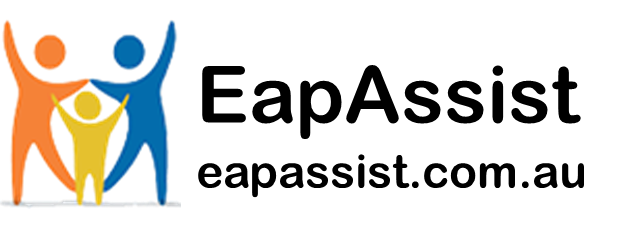“Coercive” is a term that implies the use of threats or force. In a relationship setting, coercive control can refer to any pattern of oppressive, dominating behaviour that uses harm to steer your thoughts, feelings, and actions. While coercive control is often seen through forms of emotional abuse in intimate partner settings, it can also involve the use of physical force. Both men and women may experience coercive control, though research suggests it affects women more frequently. Understanding the signs of coercive control may help you cope. The red flags of coercive control include:
1. Physical violence is one of the most extreme versions of coercive control. It uses physical pain to control your behaviour and instil obedience. Physical violence can involve children and pets and may present as: hitting, choking, slapping, kicking, biting, use of weapons and exposure to dangerous situations (e.g., reckless driving).
2. Threats are declarations of impending consequences intended to create fear. Threats may involve harming things you care about. Examples of threats can include: “That better not stay that way, or you’ll regret it.” “The next time you do that, the dog is going to the shelter.” “You’re going to be sorry you did that.”
3. Insults and humiliation can break down your self-estem. You may begin to believe you can’t function without your partner or deserve their abuse. Insults and humiliation can look like the following: making jokes at your expense, calling you names and regularly making critical comments about your appearance.
4. Isolating you can prevent you from verifying with others that relationship behaviours may be abusive. It may keep you from leaving and possibly force you to rely solely on your partner for support. Isolation tactics can involve: making excuses why you can’t attend family events or social functions, using guilt to get you to stay at home and making fun of your interests to discourage you.
5. When someone is monitoring what you do throughout the day, it’s a way for them to subtly remind you they’re always around, judging your behaviours. Activity monitoring can include: whole-home surveillance technology (including private areas like the bathroom), checking your internet usage and browser history and using tracking technology on your phone or car.
6. When your finacial moves are scrutinized, controlled, or limited, it can create a situation where you depend on your partner for basic needs. You may also lack access to resources to leave your situation. Signs include: being restricted to an allowance, insisting on sharing financial account information and running up debt under your name.
7. Sexual coercion occurs when you feel pressured, manipulated or tricked into a sexual interaction. Examples of sexual coercion include: making you feel obligated to engage in sex, offering a reward for sexand threatening consequences if you don’t engage in a sexual act.
8. When someone takes away your freedom of personal choice, it’s a form of control that dismisses your feelings and can make you feel inferior. Signs of autonomy removal can include: insisting you use certain products (e.g., shampoo, body spray, soap, hygiene items), replacing your things with versions they feel are superior and regulating your sleep, eating or bathroom activities.
Deaiing with Coercive Control
When coercive control becomes a pattern of behaviour, it’s considered abuse. You never have to accept abuse in a relationship. Help is always available.
Gaining perspective
Try talking with trusted people outside of your relationship about what’s happening as a way to help strengthen your perspective and remove doubt. “There is a good reason you are forbidden to discuss the relationship with your friends and family — because the abuser understands that their own behaviour is wrong and is afraid you will leave them if you get feedback and support.
Seeking couples’ therapy
If you want to salvage the relationship and your partner is committed to improvement, couple’s therapy may offer helpful options. However, couples therapy would only be beneficial after the perpetrator has participated in their own treatment, and the abuse has stopped. A person might have grown up in a traumatic and dangerous home. They may have seen coercion as an adaptive quality to achieve most of their needs. They, in turn, will use coercion unbeknownst to them. They may not feel it is coercive because it was what was modelled to them and what they always saw.
Getting out
If you’re seeking help to leave your abuser, help is available. You don’t have to do this alone as there are professional organizations available that can help you get away as you may not be able to on your own. Consider working with a professional agency that can help you create an exit strategy that’s safe for you. It may involve access to money, accommodations, transport, and the placement of legal protections.

